Fallacy #8: The network is homogeneous
Particular Software
JUNE 28, 2021
Around 2005 or 2006, it wasn’t so bad. From Udi Dahan's free Distributed Systems Design Fundamentals video course Semantic interoperability The true challenge of non-homogenous networks lies in semantic interoperability. Interoperability is painful. Since then, things have gotten gradually worse. First came Ruby and Ruby on Rails.


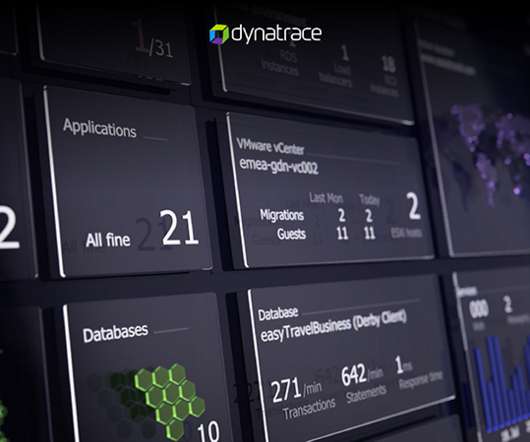
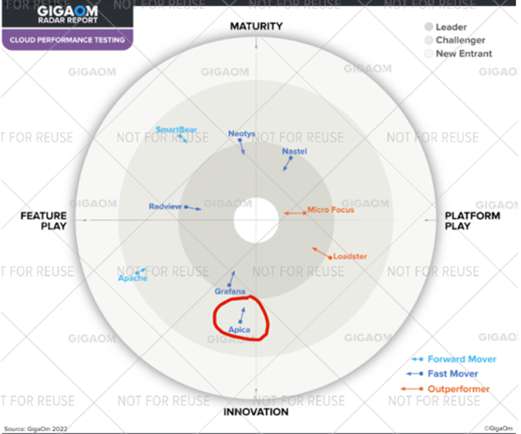


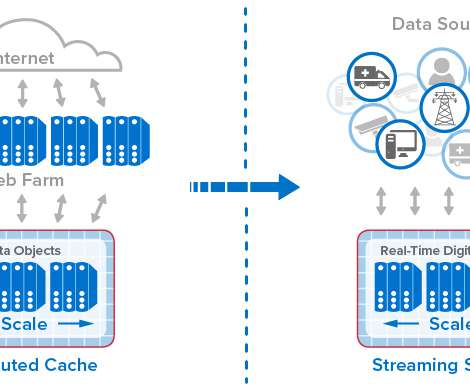
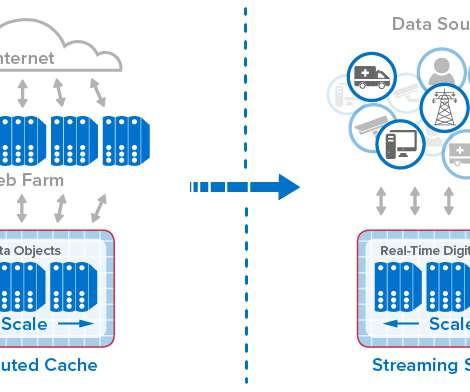


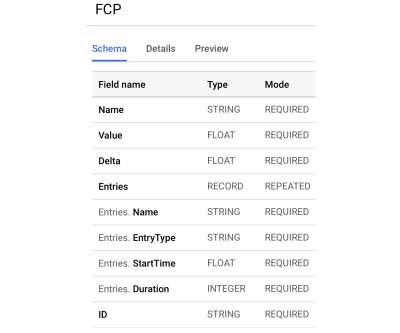









Let's personalize your content